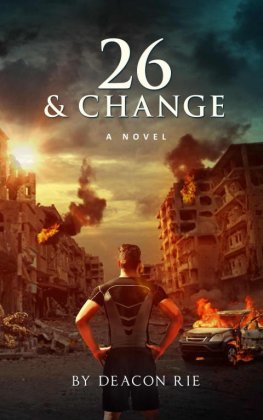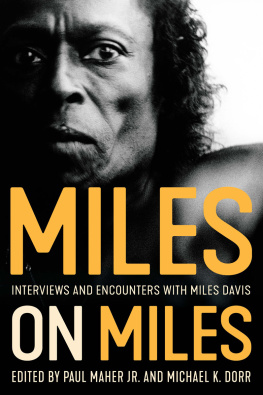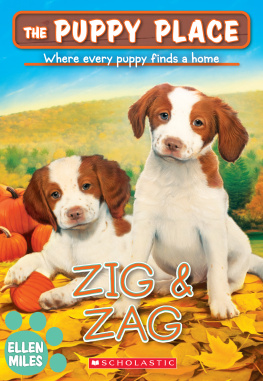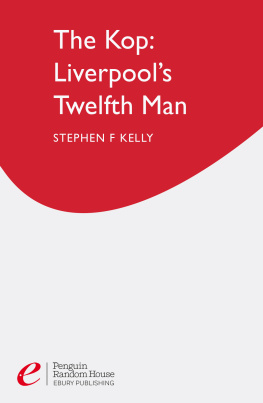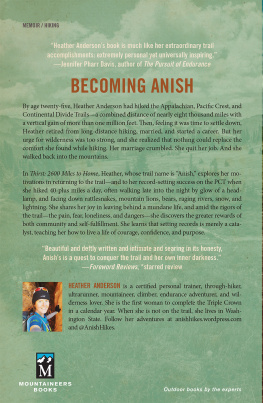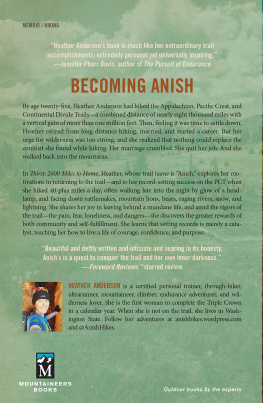Six Miles from Home
Stephen Morrin
Austin Macauley Publishers
2020-05-04
Six Miles from Home
Dedication
For the passengers and crew
of Argonaut Hotel Golf,
who fell to earth on
Sunday, 4 June 1967.
Copyright Information
Stephen Morrin (2020)
The right of Stephen Morrin to be identified as author of this work has been asserted by him in accordance with section 77 and 78 of the Copyright, Designs and Patents Act 1988.
All rights reserved. No part of this publication may be reproduced, stored in a retrieval system or transmitted in any form or by any means, electronic, mechanical, photocopying, recording or otherwise, without the prior permission of the publishers.
Any person who commits any unauthorised act in relation to this publication may be liable to criminal prosecution and civil claims for damages.
This is a work of creative nonfiction. The events are portrayed to the best of memory. While all the stories in this book are true, some names and identifying details have been changed to protect the privacy of the people involved.
A CIP catalogue record for this title is available from the British Library.
ISBN 9781528905572 (Paperback)
ISBN 9781528958028 (ePub e-book)
www.austinmacauley.com
First Published (2020)
Austin Macauley Publishers Ltd
25 Canada Square
Canary Wharf
London
E14 5LQ
Acknowledgement
This book would have been all but impossible and certainly not seen the light of day without the cooperation, support and approval of a great many people and organisations. First and foremost, I would like to record my sincere thanks to Vivienne Thornber, David Ralphs and Harold Wood for their kind permission to tell their remarkable and fortuitous stories of survival and recovery.
Of the many relatives and friends of those who lost their lives in the disaster, I would particularly like to express my gratitude and admiration to the following who related to me their longstanding and painful memories with great fortitude: John Pollard, Barbara Bishop, Jill Wood, Pauline OSullivan, Maralyn Bradley, Helen Cuthew and Susan Newgas.
Amongst the many members of the emergency services involved on the day and in the aftermath, my thanks go to the following for generously sharing with me their graphic first-hand accounts: John Heath, Charles Hunt, Geoff Burgess, Roger Gaskell, Bernard Sharrocks, Mike Conroy, Stephen Clegg and Mike Phillips.
I am grateful to David Thorpe for his consistent support throughout the entirety of the project and for furnishing me with background information on Hotel Golfs stewardess, Julia Partleton.
I would also like to extend my gratitude to the late Reverend Arthur Connop, MBE, chaplain to the Stockport Borough Police Force, Fire Service, Ambulance Service and Stockport Infirmary. I thank him for his kind counsel, advice and friendship over many years. It was through his personal involvement with the victims families and survivors that he was able to give me invaluable insights into the human aspects of the tragedy.
A special mention goes to the late Brian Donohoe, one of the first civilian rescuers on the scene. I thank him for recounting his selfless rescue attempts on the day and joined with me on the approaching 30th anniversary of the disaster to fulfil his original vision for a permanent memorial to be erected on the site. Also, for their help in the memorial which is very much part of this story I thank Ann Coffey MP and Sir Andrew Stunell; also Joe Smith and Vanessa Brook of Stockport MBC Community Services for their enthusiastic and unstinting efforts during the early summer of 1998.
Another person I must not forget to mention is the late aviation historian and author Brian Robinson. I thank him for his encouragement, assistance, unlimited access to his extensive archival material and more than once pointing me in the right direction. He saved me months, if not years, of valuable research.
Thanks to Hilary Jones for her contagious sense of humour, encouragement and advice on simply how to hang on in there when I was flagging and reminding me that writing this story was important and not to give up.
I am immensely grateful to Steve Moss, a Senior Inspector at the Air Accident Investigation Branch, Farnborough. He went to great lengths to provide me with a wealth of technical documentation pertaining to the investigation and subsequent public inquiry which gave me new insights into the accident and are published here for the first time, without which this book would have been all the poorer.
Thanks, are also due to fellow aviation historian and author Malcolm Finnis for his contribution on the Air Ferry DC-4 accident, which prominently features in this story. I would also like to record my gratitude to the late esteemed aviation writers Bill Gunston and Stephen Barlay for their valuable suggestions and advice. I am greatly indebted to Jan Garvey for her diligent proofreading skills and her helpful and critical comments.
My appreciation extends to many others for their generous help in researching this book. There were so many that I shall simply list their names rather than attempt to specify their precise nature in which they were of assistance. They are: Arthur and Bertha Thorniley, Bobbie Marlow, Robert Marlow, the late Captain Tony Belcher, Ruth Oliver, the late Barry Bevans, David Hamilton, the late Bob Greaves, Ernie Taylor, John Prince, Eileen Payne, Peter Dewhurst, Tony Bellshaw, Joan Lomas, Brian Taylor, John Perkins, Margaret Finnigan, Chris McNeill, Barry Matkin, Jim Lovelock, Stewart Rigby, Robert and Chris Hamnett, Geoff Rowland, Gordon Smith, Arthur Wright, Ron Needham, Peter Eyre, Phil Hodgson, Alan Faulkner, Jackie Martinez, Susan Maddocks and Jacqueline Collins.
To everyone I might have failed to mention, my apologies. It is through all their efforts, hard work and contributions that the tragic and complex story of the Stockport air disaster can be accurately told. I hope they all feel that it was worth it.
Introduction
At ten oclock on the morning of Sunday 4 June 1967, a British Midland Airways Canadair C-4 Argonaut airliner radio call sign Hotel Golf packed with returning holidaymakers from Palma, Majorca, turned onto the approach to Ringway Airport, Manchester. To Captain Harry Marlow and his First Officer Chris Pollard monitoring the controls, it seemed a perfectly normal and routine let down. The light drizzle and low cloud base prevailing presented no kind of hazard. Yet eight minutes later, the airliner lay a tangled, twisted exploding wreck in Stockport town centre.
On that Sunday morning, the slow suburban pace of Stockport life suddenly stopped short to be replaced by unimaginable horror and terror. Of the 84 passengers and crew on board, only 12 were fortunate to escape with their lives. Mercifully, and indeed miraculously, there were no casualties on the ground; an extraordinary outcome considering the circumstances of the accident. At the time, it was the worst Argonaut accident in terms of fatalities and it was, and still remains to this day, the worst urban air disaster ever to occur in the UK. Considering the enormity of the tragedy in terms of death and destruction, it also remains one of the least known and least remembered.
Air disasters by their very nature are terrible things and the Stockport accident was no exception. Now, some fifty years after Hotel Golf plunged from the sky to bring such destruction and loss of life, the following narrative gives for the first time the full story of this truly horrific disaster and its aftermath so long lost in the annals of civil aviation history. It also gives an insight into the minds of the survivors, the bereaved and all those ordinary Stockport citizens, who suddenly without warning, were caught up in a catastrophe of massive proportions.



